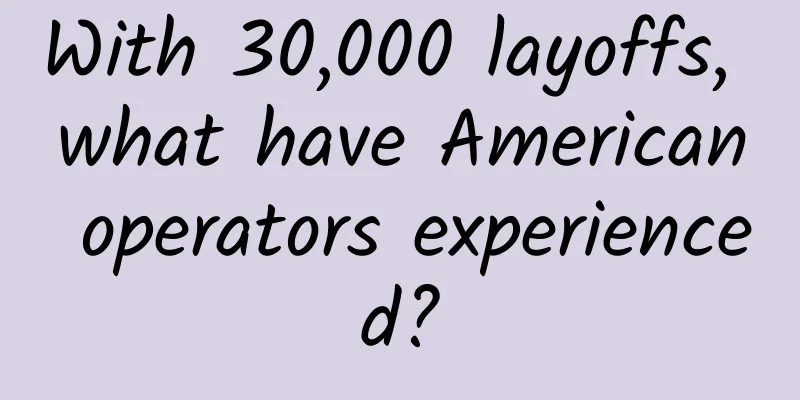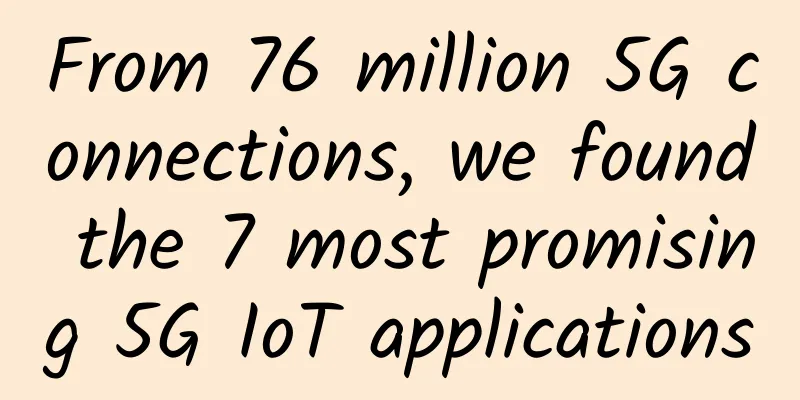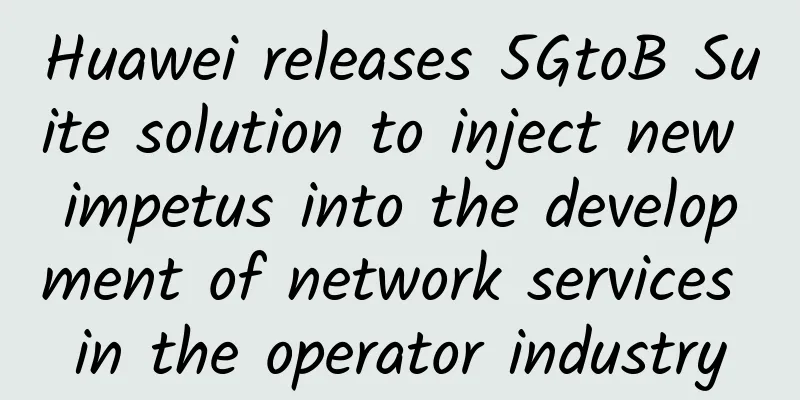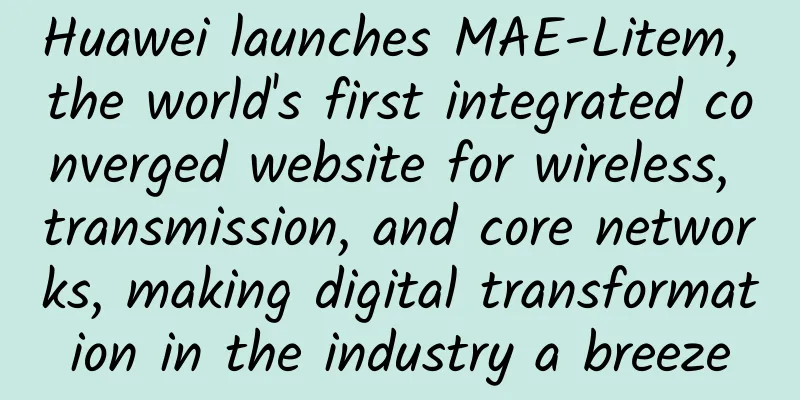With 30,000 layoffs, what have American operators experienced?

|
According to public data, the scale of layoffs at US operators AT&T and Verizon reached a seven-year high in 2019. Last year, the two giant companies laid off nearly 30,000 employees, accounting for more than 7% of the total number of employees in 2018. Quarterly data released by the operators showed that AT&T cut 20,420 jobs, accounting for nearly 8% of its total workforce, and Verizon cut 9,500 jobs, accounting for about 7% of its total workforce at the end of 2018. The layoffs came a few weeks after both carriers released their 2019 earnings reports, with data showing that U.S. carriers are pursuing more aggressive layoffs than European carriers, which recently released their own layoff data. Deutsche Telekom revealed last week that it cut about 5,000 jobs last year, about 2% of its workforce at the end of 2018. Spain's Telefónica cut 4,500 jobs, less than 4% of its 2018 total. With the continuous development of automation and new digital technologies, companies have accelerated their layoff plans. Vodafone in the UK recently laid off hundreds of employees, attributing this to the automation of the network operation center (NOC), and said that further layoffs will occur in the future. Vodafone Chief Technology Officer Scott Petty said: "Five to seven years from now, there will be fewer and fewer people operating the NOC infrastructure. The way we run the network is undergoing a fundamental change."
At the same time, customers are increasingly choosing to buy smartphones and other services online, leaving operators with less investment in physical stores and employees. Automated voice platforms such as artificial intelligence-based "chatbots" are also gradually replacing employees in customer service departments. AT&T acquired media giant Time Warner for $85 billion in 2018 and subsequently cut jobs. Documents show that at the end of 2017, the two companies had a total of about 280,000 employees. But now the number has dropped to 247,800, which means that about 12% of the jobs have been eliminated. When asked which departments were affected and whether automation was the main reason for the layoffs, an AT&T spokesperson said via email: "We must align our workforce with the needs of our customers and the business and manage workforce adjustments through retirements and voluntary separations whenever possible." "It is important to note that many of our union-represented employees have a job commitment that would offer them another job within the company if their current position were eliminated. We will also create additional positions if customer demand for our products and services increases, and we currently have more than 4,500 employees hired across the United States," the spokesperson added. Shareholder pressure AT&T is under pressure from shareholders to improve its performance. Although its shares are up 22 percent since the same period last year, it has been losing market share to rival T-Mobile US Inc, which could become even more powerful if it completes its merger with Sprint Corp. Verizon warned in December 2018 that about 10,400 employees would leave in 2019 under a voluntary separation program. However, before last year's layoffs, the company had cut nearly 11,000 jobs in 2018 and about 5,500 jobs in 2017 as it reorganized its business units and sold infrastructure assets. More than a quarter of Verizon's jobs have disappeared since 2012, according to historical data collected by Light Reading. When Light Reading reached out to the company for comment on the latest round of layoffs, the company did not respond. Revenue per employee in 2019 (USD, at today's exchange rate) (Source: Companies, Light Reading) In January, AT&T's project was sharply criticized by the Communications Workers of America (CWA), a labor union that argued that nearly 39,000 jobs had been lost since the 2018 Tax Cuts and Jobs Act took effect. But according to a statement from the CWA, that data ignored the impact of acquisitions on the size of the workforce. “AT&T has been catering to the demands of controversial vulture hedge fund Elliott Management, which acquired a small stake in AT&T in September 2019,” CWA said. “Elliott has urged AT&T to squeeze profits out of the company by cutting jobs, outsourcing work and divesting key assets.” AT&T and Verizon's layoffs have helped them make their employees more productive, and revenue per employee has grown faster than overall sales in the past few years. While both carriers lag behind the highly automated network giants on that metric, their sales per employee are far higher than any of Europe's big operators. Changes between 2015 and 2019 (Source: Companies, Light Reading) While service providers are working to boost revenue, the layoffs at AT&T and Verizon weren’t triggered by recent sales declines. Verizon’s revenue last year was $131.9 billion, matching its 2015 performance, while AT&T’s sales grew from $146.8 billion then to $181.2 billion in 2019, thanks in part to merger activity. But both operators are under pressure to invest in new 5G network deployments. Policymakers worry that if the technology is as important as supporters say, the United States could fall behind China in 5G and lose its economic advantage. However, many industry experts are skeptical that 5G is a major growth opportunity for telecom companies, pointing out that they do not see a big revenue boost when upgrading to the new generation of mobile technology. In addition to the pressure of layoffs at AT&T and Verizon, the merger of T-Mobile and Sprint is a greater worry for employees in the US telecom industry, for the simple reason that acquisition activities will bring large layoffs and duplicate positions in the company will be eliminated. Timotheus Höttges, CEO of T-Mobile's parent company Deutsche Telekom, has previously insisted that the combined company will employ more people than the two companies would have separately, but CWA estimates that 30,000 jobs are now about to disappear. Deutsche Telekom had 47,312 employees in the U.S. at the end of 2019, up from 46,871 a year earlier. Sprint has not yet released its 2019 employee numbers, but had 28,500 employees in 2018, down from 30,000 in 2017. While layoffs are not something everyone likes, there are also some improvements. Based on the number of employees, the merged company in 2018 looks more efficient than AT&T and Verizon, generating more than $1 million in revenue per employee. |
<<: Sogou launches new AI voice recorder to lead the “new voice” in the voice recorder industry
>>: Story: Tang Sanzang's journey to the west: the whole process of network communication
Recommend
"5G packages are a bit expensive": You said the same thing in the 3G and 4G eras
The following are the key points of the article: ...
South Korea's largest telecom operator's server failure caused widespread Internet outages
According to CCTV Finance, starting at 11:20 a.m....
Facing the high pressure of price war, how will Yunfan Accelerator choose to break through?
[51CTO.com original article] What kind of CDN ven...
BuyVM restocking: 4 data centers in Las Vegas/Luxembourg/New York/Miami, 1Gbps, unlimited traffic, starting at 2 Canadian dollars per month
BuyVM was founded in 2010. It is a company that p...
Netty Getting Started Practice: Simulating IM Chat
Almost all frameworks we use have network communi...
The US Department of Defense opposes satellite communications companies' deployment of 5G networks
On April 20, local time in the United States, the...
What are the differences between the 8 modes of 5G independent networking and non-independent networking?
5G is the fifth generation of communication techn...
Terminals have become a major obstacle to the development of 5G
[[389800]] On March 26, China Unicom finally anno...
How wireless mesh networking technology can power smart buildings
Smart buildings are becoming increasingly importa...
EtherNetservers: Los Angeles/New Jersey/Miami VPS annual payment starts at $14.95, supports Alipay/PayPal payment
EtherNetservers released the latest promotion in ...
How to implement a real-time monitoring system for tens of billions of visits?
[51CTO.com original article] The author has joine...
5G means data center platforms must evolve
The foundation for seamless 5G implementation 5G ...
5G: Base stations are being built crazily, but utilization rate cannot keep up, with only 3% coverage?
At present, the number of 5G base stations in Chi...
LOCVPS: Hong Kong Cloud 6G memory package 30% off 66 yuan/month, 20% off Hong Kong/Japan/Korea/USA and other data centers
LOCVPS (Global Cloud) has launched a special prom...









